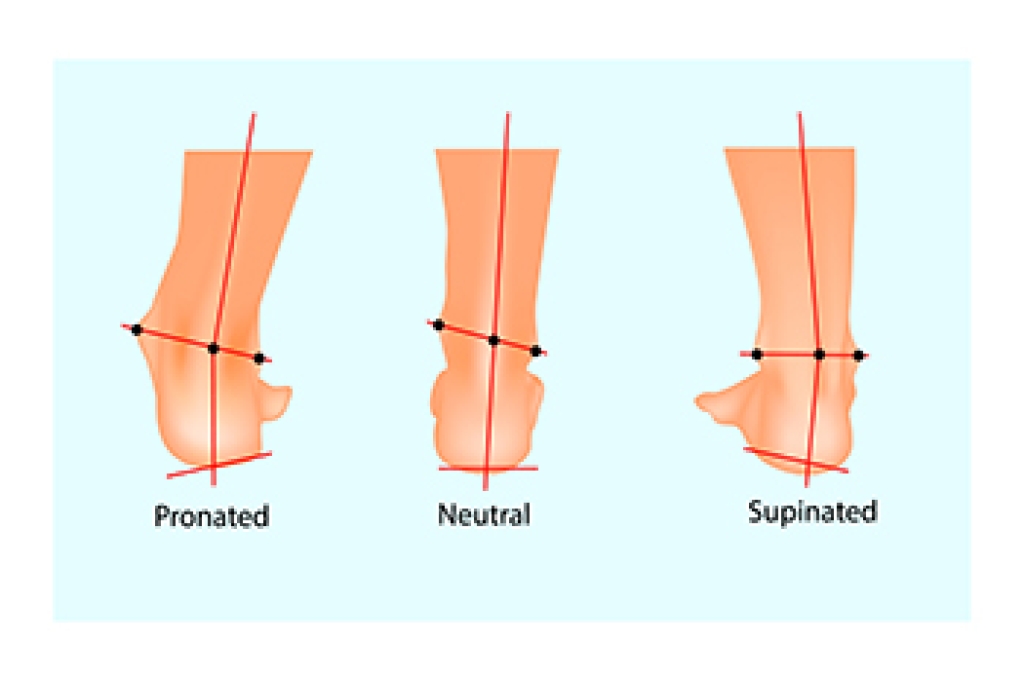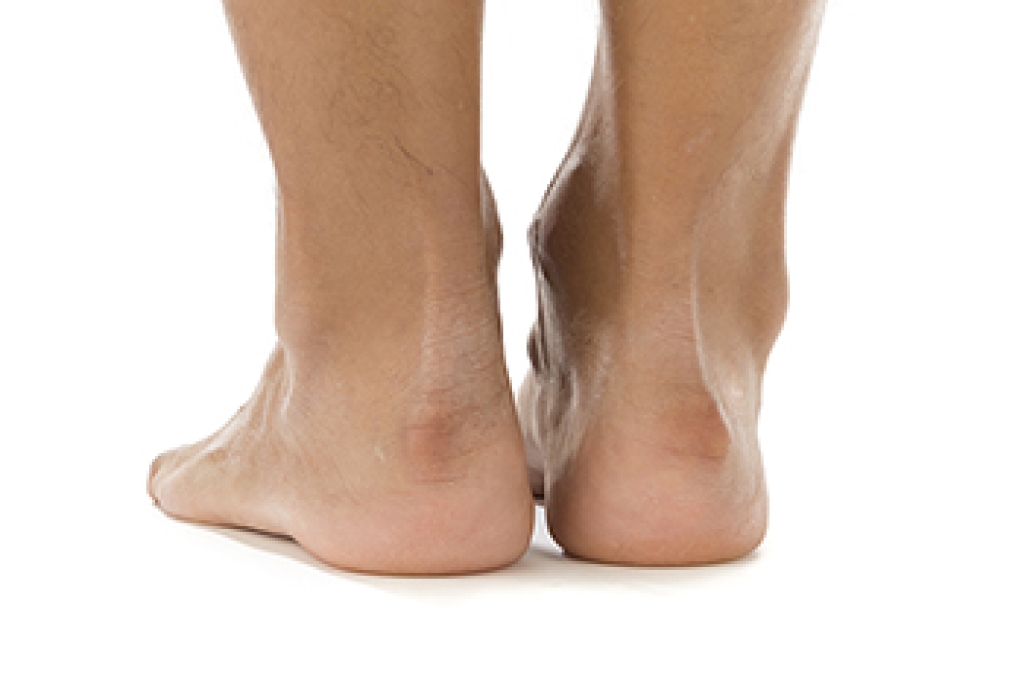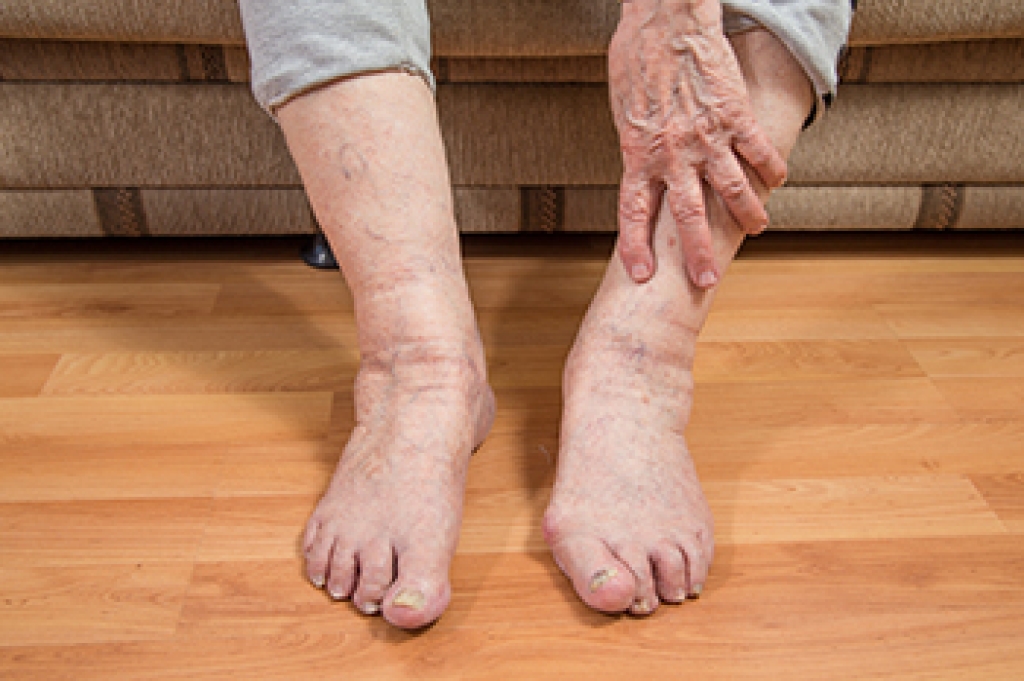
Proper shoe fitting is essential for keeping your feet comfortable and preventing unnecessary pain. The right shoes help you avoid foot strain and discomfort while supporting better balance and posture in daily activities. When shoes fit well, they also improve performance during physical activity by allowing the feet to move naturally and efficiently. Good footwear contributes to overall health and awareness by encouraging proper alignment and reducing stress on joints throughout the body. A podiatrist can assess your foot structure, recommend the best shoe type for your needs, and address any existing issues caused by wearing poorly fitting footwear. If you have foot pain from wearing shoes that do not fit correctly, it is suggested that you consult a podiatrist who can offer effective relief tips, and guide you on the correct shoes to wear.
It is important to find shoes that fit you properly in order to avoid a variety of different foot problems. For more information about treatment, contact Kenneth Williams, DPM from Texas. Our doctor will treat your foot and ankle needs.
Proper Shoe Fitting
Shoes have many different functions. They cushion our body weight, protect our feet, and allow us to safely play sports. You should always make sure that the shoes you wear fit you properly in order to avoid injuries and deformities such as: bunions, corns, calluses, hammertoes, plantar fasciitis, stress fractures, and more. It is important to note that although a certain pair of shoes might be a great fit for someone else, that doesn’t mean they will be a great fit for you. This is why you should always try on shoes before buying them to make sure they are worth the investment. Typically, shoes need to be replaced ever six months to one year of regular use.
Tips for Proper Shoe Fitting
- Select a shoe that is shaped like your foot
- Don’t buy shoes that fit too tight, expecting them to stretch to fit
- Make sure there is enough space (3/8” to ½”) for your longest toe at the end of each shoe when you are standing up
- Walk in the shoes to make sure they fit and feel right
- Don’t select shoes by the size marked inside the shoe, but by how the shoe fits your foot
The shoes you buy should always feel as good as they look. Shoes that fit properly will last longer, feel better, and improve your way of life each day.
If you have any questions please contact our office located in San Antonio and Beeville, TX . We offer the newest diagnostic and treatment technologies for all your foot and ankle needs.




